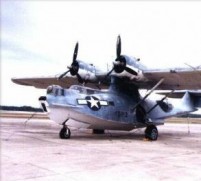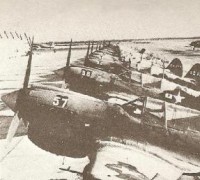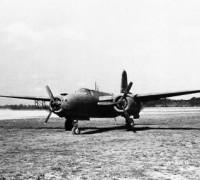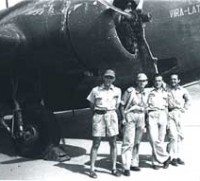BRAZILIAN AIR FORCE FAB * - BRAZILIAN AIR FORCE
7)CURTISS MOHAWK P-36

Total received: 10
General characteristics
Crew: One
Wingspan: 37 ft 1 in (11.3 m)
Length: 28 ft 6 in (8.7 m)
Height: 9 ft 2 in (2.8 m) Wing area: 235.6 ft² (21.9 m²)
Empty weight: 4,665 lb (2,116 kg)
Loaded weight: 5,867 lb (2,661 kg) Max takeoff weight: lb (kg)
Power plant: 1× Pratt & Whitney R-1830-13 Twin Wasp air-cooled radial piston engine, 1,050 hp (783 kW)
Performance
Maximum speed: 322 mph (518 km/h) Cruise speed: 260 mph (420 km/h)
Range: 650 mi (1,046 km) Service ceiling 32,340 ft (9,860 m)
Rate of climb: 2,500 ft/min (13 m/s) Wing loading: 25 lb/ft² (122 kg/m²)
Power/mass: 0.18 hp/lb (0.29 kW/kg)
Armament
1 × 0.30 in machine gun 1 × 0.50 in machine gun
During World War II, Brazil came to have a strategic position both in the supply of raw materials of prime importance for the allied war effort, and in the establishment of strategic points for assembling air bases and operating ports in the northeast region, this being It was because this region represented the closest point between the American and African continents for air travel, so the Brazilian coast would be fundamental in the sending of troops, vehicles, supplies and aircraft for use in the European theater. In February 1942, German and Italian submarines began torpedoing Brazilian vessels in the Atlantic Ocean in retaliation for Brazil's adherence to the commitments of the Atlantic Charter (which provided for automatic alignment with any nation on the American continent that was attacked by an extracontinental power) , which made its neutrality only theoretical.
These aggressions would culminate in the formal declaration of war on the aggressor countries on August 22, 1942, thus accelerating Brazil's adherence to the Leand & Lease Bill Act program, the terms guaranteed by this agreement would create a initial line of credit to the country in the order of one hundred million dollars, for the acquisition of war material, providing the country with access to modern weapons, aircraft, armored vehicles and combat vehicles. This program would be of vital importance to adapt in terms of aircraft and operational doctrine the newly created Brazilian Air Force (FAB), which until then had inherited from the Military Aviation of the Brazilian Army and the Naval Aviation of the Brazilian Navy, obsolete aircraft not suitable for mainly to face the threat of Italian and German submarines.
In this first phase, the aircraft of the Brazilian Air Force (FAB) only performed presence flights along the coast, often in single-engine North American AT-6B and Vought V-65B Corsair aircraft. In terms of fighter aviation, the newly created Brazilian Air Force was the weapon that most needed modernization because its most modern fighters were Boeing F4B and P-12, which, in addition to being available in low quantities, were already completely obsolete for that moment.
Despite being carefully chosen based on the best condition, it is worth noting that with the United States Army Air Corps (USAAC), these Curtiss P-36A were classified as RP-36A, with this suffix "R" identifying the classification of “restricted”, clarifying that these planes were on the threshold of their structural life, and should not be ardently used operationally in order to avoid accidents. Thus, it was clear to the command of the Brazilian Air Force that these aircraft should only be used for instructional tasks, with a light flight profile, in order to disseminate the new doctrines of operation and combat to Brazilian crews in war missions in modern aircraft.
These airplanes, from the stocks of the 6th U.S. Air force, were delivered in March 08 of 1942 in the Base Area of Fortaleza, where they were allocated to the for the Conversion Airplane Group, recently created and endowed with various types of aircraft of American origin.
On November 11, 1942, P-36 were intended for Airplane Regiment 6 - 6 RAV, located in Recife, where they remained until April 14, 1943, occasion in which they were transferred to the Joint Instruction Group - EMI, based in Natal - RN, which already operated other aircraft of various types, for training of Brazilian pilots, in view of partake of Brazil in the war effort.
At the beginning of its operation in the FAB, the P-36A and 40 were enrolled, 43, 44, 45, 48, 50, 52 and 53, without, however any correlation with the particles FAB 01 and FAB -10, used from 1943.
During its missions in training and patrol duties in northeastern Brazil, five fatal accidents occurred with the P-36A, which led to the airplanes a lack of credibility and tradition among the pilots between 1942 to 1943. In 8 May 1942, the aircraft tail # 12467 crashed during a training flight at Recife. Late in September another P-36 crashed at Natal but the pilot survived.
P-36 was an inexpressive and yet obsolete when it flew for the first time in 1937. Nevertheless it served as a starting point for the most powerful and faster P-40, the Warhawk when the manufacturer used an modified P-36 this time with the new in line Alisson engine. The first prototype made a flawless flight in October 1938 as P-40-N.
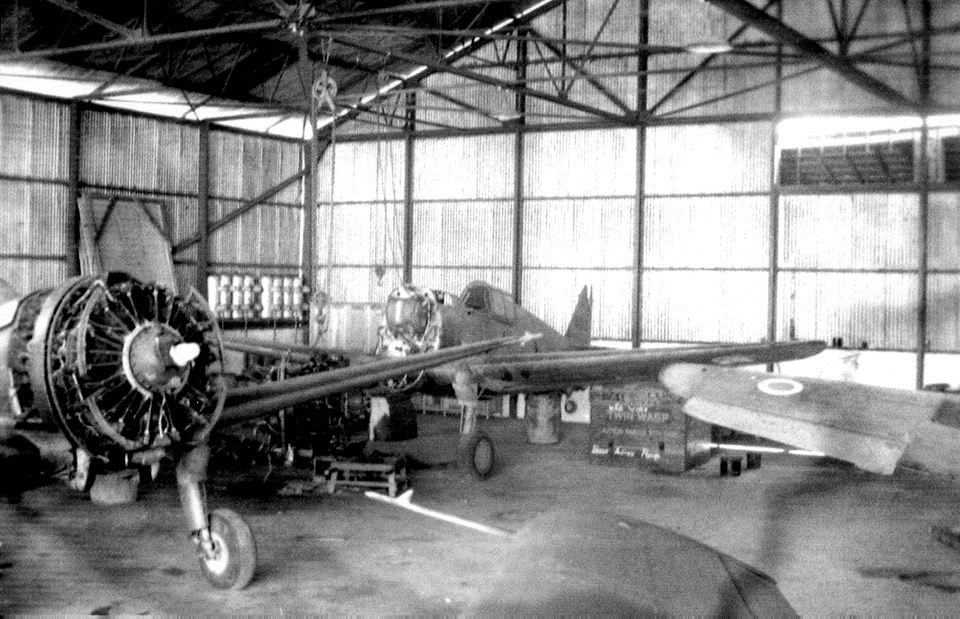
P 36 at Recife AFB seen under maintenance. Photo http://castropr.blogspot.com/
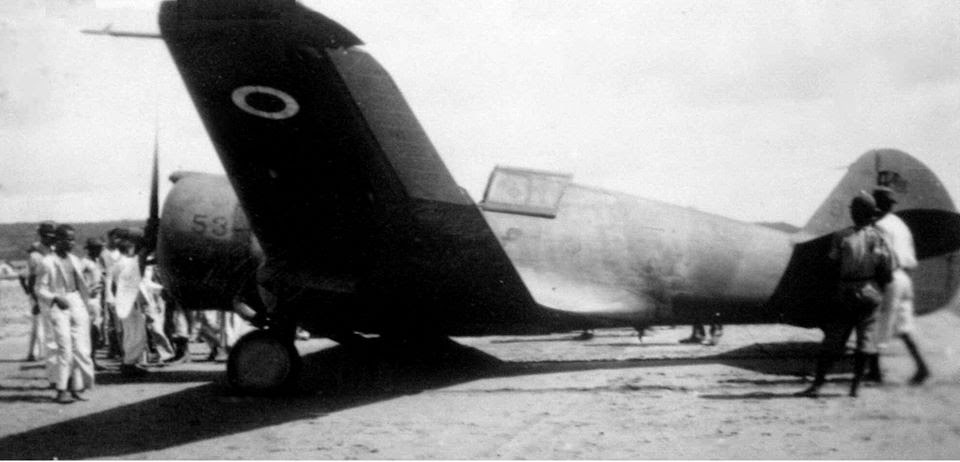
Above one P 36 seen at Recife AFB upon a crash land when right gear collapsed. Photo http://castropr.blogspot.com/

4 P-36 are seen at Fortaleza Airfield
